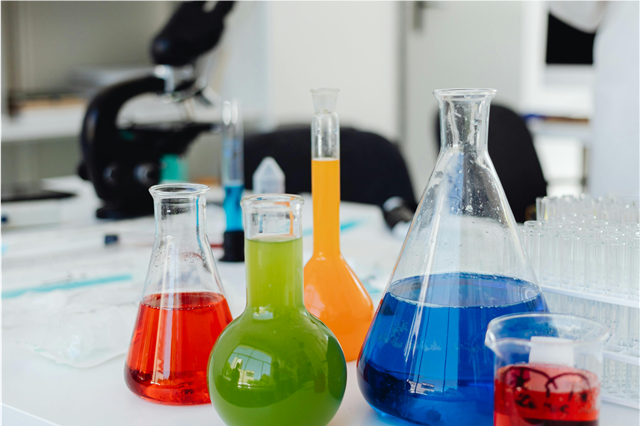
What are the uses of laboratory equipment in material testing and analysis?
Laboratory equipment serves as the backbone of modern scientific discovery, transforming how we understand and manipulate materials across countless industries. From the smartphone in your pocket to the skyscraper outside your window, nearly every product we encounter has been tested and refined using sophisticated lab equipment.
The Invisible Heroes Behind Everyday Materials
Fascinating Fact: Did you know that the average car contains over 15,000 different components, each tested for safety and performance using specialized laboratory equipment before reaching consumers?
Primary Functions of Laboratory Equipment in Material Testing
Structural Integrity Assessment
Universal testing machines (UTMs) can apply forces of up to several thousand tons to test how materials behave under stress. These machines have revealed incredible insights – like how spider silk is five times stronger than steel by weight, inspiring the development of advanced synthetic fibers used in bulletproof vests.
Composition Analysis
Spectrometers can identify the exact elemental composition of materials with stunning precision. Modern X-ray fluorescence (XRF) analyzers can detect elements at concentrations as low as parts per million, helping archaeologists determine the origin of ancient artifacts and ensuring food safety by detecting harmful contaminants.
Cutting-Edge Applications You Never Knew Existed
Nanotechnology Research
Electron microscopes with magnification capabilities exceeding 1,000,000x allow scientists to observe individual atoms. This technology has revolutionized medicine, where gold nanoparticles are now being engineered to target and destroy cancer cells while leaving healthy tissue unharmed.
High-Temperature Performance Testing
Thermal analysis equipment can simulate temperatures ranging from -273°C to over 2000°C, crucial for developing materials used in spacecraft that must withstand the extreme heat of atmospheric re-entry.
Industry-Specific Marvels
Construction Revolution: Advanced concrete testing equipment has led to self-healing concrete infused with bacteria that can repair cracks autonomously, potentially extending infrastructure lifespan by decades.
Medical Breakthrough: Biocompatibility testing equipment ensures medical implants won't cause adverse reactions, making procedures like hip replacements safe for millions of patients worldwide.
Quality Control and Safety Assurance
Modern laboratories utilize automated testing systems that can conduct hundreds of tests per hour with greater accuracy than human operators. This efficiency has dramatically reduced product recall rates – for example, pharmaceutical companies now screen thousands of compounds rapidly while maintaining stringent quality standards.
Mind-Blowing Statistic: A single pharmaceutical quality control lab can analyze over 10,000 samples monthly using automated liquid handling systems, ensuring medications meet safety standards before reaching pharmacies.
Environmental Impact Testing
Climate chambers simulate years of environmental exposure in weeks, testing how materials degrade under UV radiation, humidity, and temperature fluctuations. This accelerated aging testing has been crucial in developing biodegradable plastics that break down safely in ocean environments.
Emerging Technologies Transforming Material Analysis
Artificial intelligence integrated with traditional testing equipment now predicts material failures before they occur. Machine learning algorithms analyze patterns in test data, identifying potential weaknesses that might escape human observation.
Amazing Insight: AI-powered materials testing has improved aerospace safety by predicting component failures up to 6 months before they would typically occur, preventing potential disasters.
Economic Impact and Innovation Driver
The global materials testing equipment market exceeds $5 billion annually, reflecting society's dependence on reliable material performance. Every dollar invested in proper testing saves approximately $10 in potential failure costs across industries.
Future Horizons
Quantum sensors represent the next frontier, offering unprecedented sensitivity for detecting minute material changes. These technologies promise breakthroughs in early disease detection through biomarker identification and revolutionary advances in quantum computing materials.
Laboratory equipment in material testing isn't just about scientific curiosity – it's the invisible force ensuring our world functions safely and efficiently. From the bridges we cross to the electronics we rely on daily, these sophisticated tools continue pushing the boundaries of what's possible, making today's science fiction tomorrow's reality.


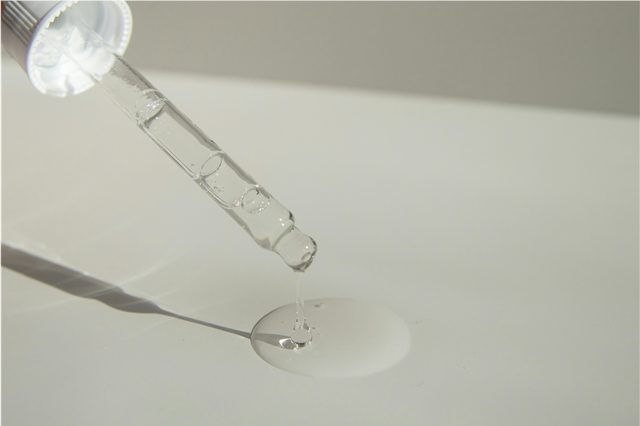
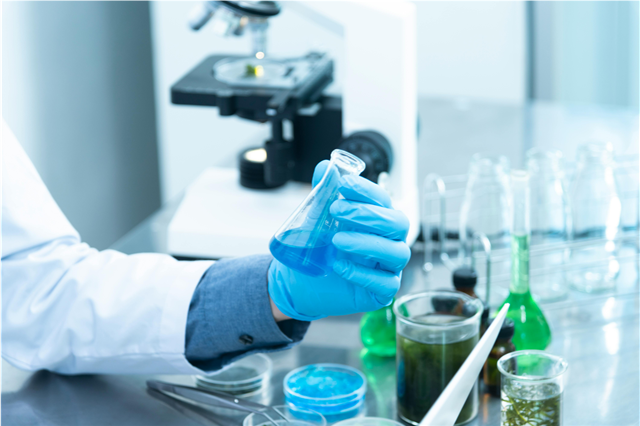
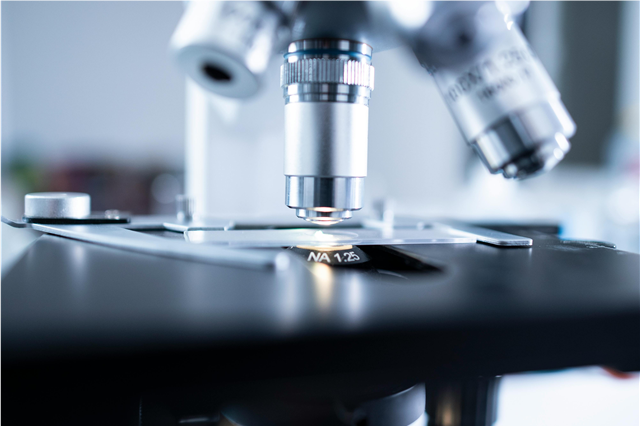
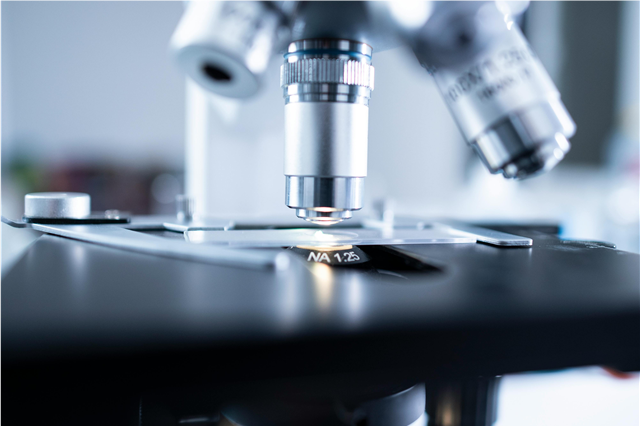
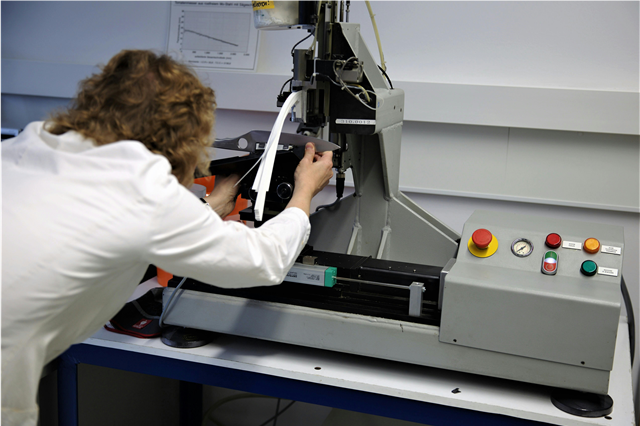








Post Comment